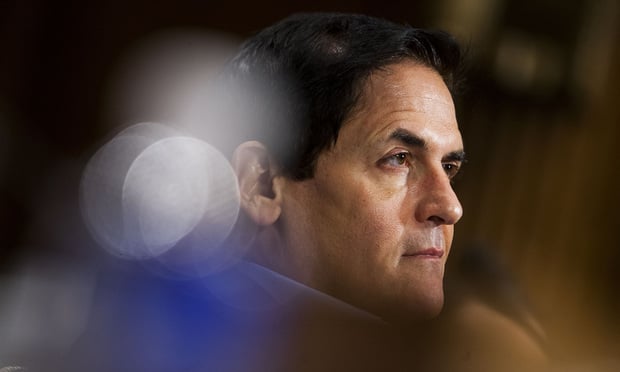 According to KFF"s analysis, the top 10% of hospitals with the most private insurance are getting more than double the amount per bed compared to those in the bottom 10%–reflecting a more than $20,000 difference per bed.
According to KFF"s analysis, the top 10% of hospitals with the most private insurance are getting more than double the amount per bed compared to those in the bottom 10%–reflecting a more than $20,000 difference per bed.
While Congress and federal agencies are working together to provide financial relief to hospitals and other health care providers that are responding to the COVID-19 pandemic, one recent study suggests some of the these efforts are lopsided, neglecting some of the nation's most vulnerable health care institutions while favoring those that make the most from private insurance revenue.
According to the U.S. Department of Health and Human Services, the Coronavirus Aid, Relief, and Economic Security (CARES) Act and Paycheck Protection Program and Health Care Enhancement Act together provide $175 billion in relief funds to hospitals and other health care providers, including a $100 billion Provider Relief Fund. Half of that Provider Relief Fund is being allocated to health care facilities that provide care to patients using Medicare, based on the providers' net patient revenue. The first $30 billion of that was distributed between April 10 and April 17, and the remaining $20 billion began distribution on April 24.
Related: Hospital stimulus funding amounts based on Medicare, not COVID-19
But because the HHS is basing the disbursement on the eligible providers' net patient revenue, a May 13 study conducted by the Kaiser Family Foundation suggests that the hospitals that actually make their money by treating people who are on Medicare and Medicaid, rather than from private insurance reimbursements, are getting the short end of the stick.
Based on the foundation's analysis of more than 4,500 hospitals, HHS's formula would ultimately provide the top 10% of hospitals with the highest private insurance revenue shares more than double the amount per bed compared to those in the bottom 10%–reflecting a more than $20,000 difference per bed.
"Previous KFF analysis documented that private insurance typically reimburses at twice the rate of Medicare, with some hospitals commanding even higher reimbursement," KFF stated in a press release. "This new study shows that the hospitals that are benefiting the most from that higher reimbursement are now getting the most taxpayer money in the form of coronavirus relief funds. Meanwhile hospitals that make most of their money treating people who are on Medicare and Medicaid, and therefore are typically paid at much lower rates, are getting relatively less help."
As an alternative, the study suggests distributing the funds based on patient volume, or increasing the size of the grant for providers that are reliant on public payors such as Medicaid "would have distributed the funding more evenly and less skewed by higher revenues from private insurers."
Read more:
© 2025 ALM Global, LLC, All Rights Reserved. Request academic re-use from www.copyright.com. All other uses, submit a request to [email protected]. For more information visit Asset & Logo Licensing.







